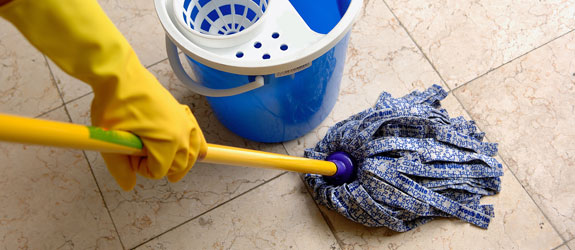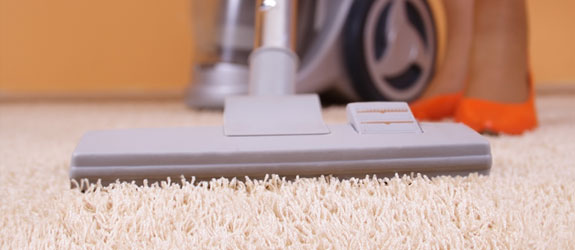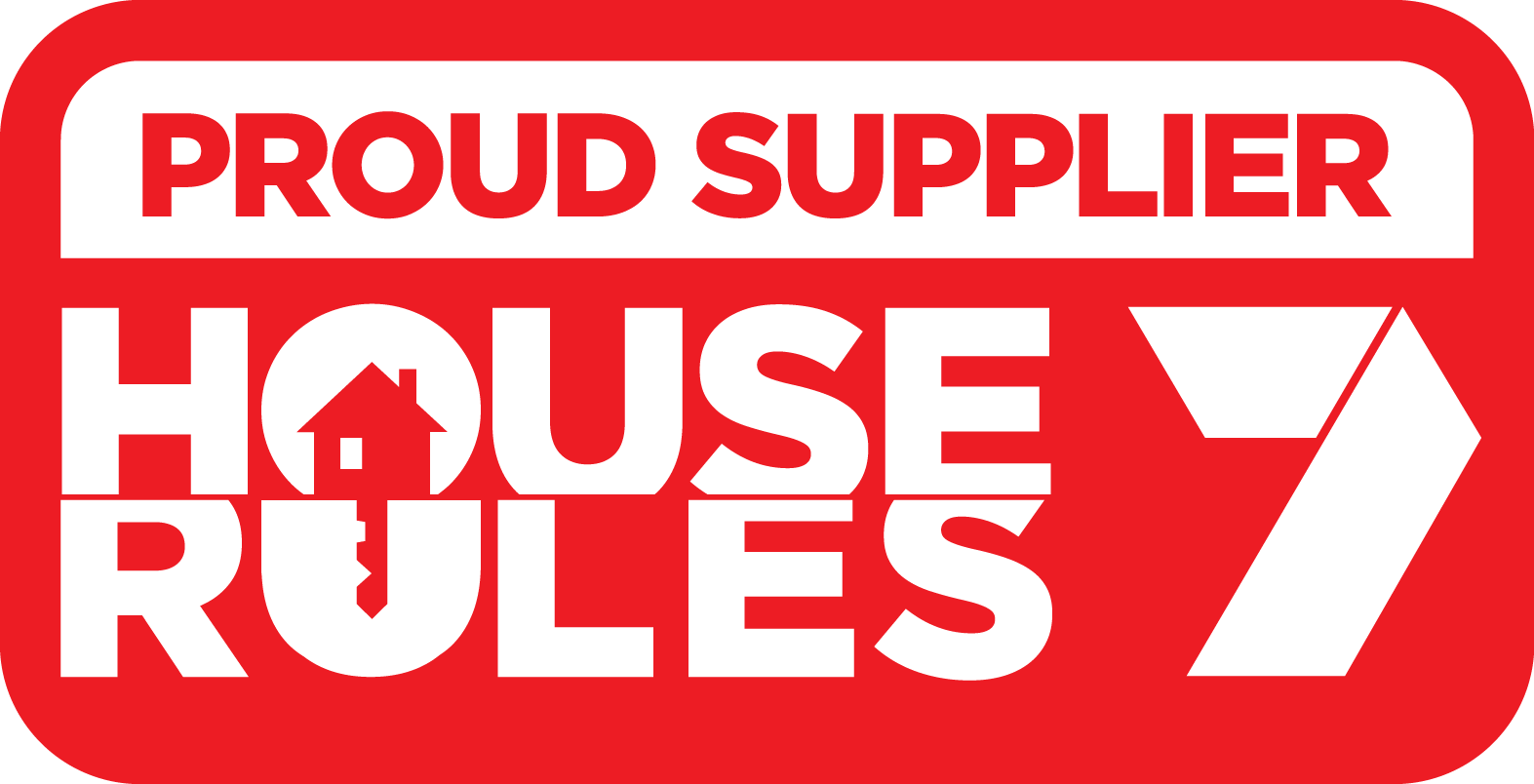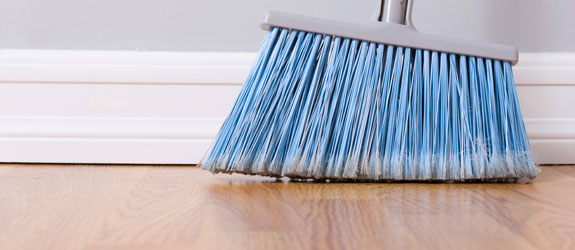One of the first things you notice when you walk into a new or model home is how clean the floors look. They sparkle and shine, and yes, they are in fact clean enough to eat on.
Of course, you know that your floors will never stay as perfectly clean as a new house’s. Shoes and pets track in dirt from outside, and kitchen floors tend to be littered with crumbs, but with the right cleaners and technique, you can give your floors that irresistible shine every cleaning day, no matter what type of flooring you have.
Here are our best tips to clean different types of flooring in your house.
Ceramic Tile

Ceramic tiles are usually found in bathrooms, kitchens and occasionally foyers and dining rooms. They do not need a particular cleaning product; warm water will do the trick. However, they do require some good scrubbing time.
Start by vacuuming or sweeping the floor to pick up any dirt, debris or stray hairs. Next fill up a bucket of warm water and use a micro-fiber mop or rag to clean the floors. Avoid using a sponge mop for this job. These mops tend to do more spreading than cleaning, and as tile floors have grout tracks, sponge mops usually trap dirt in those tracks. Use a circular pattern when scrubbing or mopping.
Dirt can also get trapped along the baseboards, so be sure to scrub those as well. For any seriously dirty grout, scrub it with a good brush.
Hardwood floors

A beautiful finish on a hardwood floor can pull a room together and give it that warm, inviting feeling. If you take good care of your hardwood floors, that finish may never fade.
Before washing the floor, dust it first. You can use a mop with a dusting agent attached to scoop up the dust and debris or vacuum with the floor brush attachment. Avoid vacuuming with the beater bar attachment, as this can scratch up your floor. Disposable dusting cloths will also work here.
While dusting is a great, easy way to care for your hardwood floors, you should also be doing a deeper clean every season or so (spring and winter cleaning, anyone?). After all, a dusting will not get rid of some dirt, grime and oils. Pick up a wood cleaning product and follow its diluting instructions. With a sponge or a rag, dip it into the water and wring it out so it merely feels damp. Mop the floor taking great care not to allow for any standing puddles of water.
If your chosen cleaning product calls for it, rinse your floors with a damp clean mop. Use clean water to dampen the mop. Let the floor dry on its own. If it is a particularly humid day, turn on a fan or the air conditioner to speed up the process.
To protect your hardwood floors on non-cleaning days, use floor protectors for any couches or other pieces of furniture and rugs. The floor protectors will make moving furniture much easier, and they will not scratch your floors. A rug is great if your children like to play with their toys on the floor. You will not have to worry about any stray toys scratching your floors.
Carpet and rugs

Your favourite carpets are soft, and their touches of colour and texture certainly liven up your rooms, but stains and spills can leave carpet looking dull and worn. With proper care, your carpets will continue to shine.
You should be vacuuming regularly around your home and more so in high-traffic areas, such as in front of your doors or in the hallways. Every 12 to 18 months, plan to deep clean your carpets. Of course, you can also opt for hiring a professional to clean your carpets.
Before using any bleach or cleaning products on coloured carpets, be sure to test for colourfastness. A colourfast carpet will not bleed, change or fade with any bleach products. To test your carpet, do the following:
- Find a carpet scrap or a section of carpet hidden away in the back of a closet and vacuum it.
- Spray your cleaner onto a rag and get it damp.
- Set the rag on your carpet for an hour, and then blot the area with a clean white towel that is dry.
- The goal is to find a cleaner that will not bleed your carpet. If the white cloth has any stains from the carpet dyes, choose a different cleaner. You want the cloth to be spotless.
Now you are ready to clean the carpets. Move all the furniture off your carpet. Do a thorough vacuum job. You will want to get as much dirt and hair off your carpet as possible. From here, you can either use the water extraction method or the dry extraction method.
- Water extraction: This method involves steam cleaning. After injection a cleaning solution into the carpet, a hose will then pull the now dirty solution out of your carpet and back into the machine.
- Dry extraction: Spread around a dry absorbent compound the carpet and then use a vacuum to suck up the compound and the dirt with it.
Dirt and scratch prevention
Dirt will come into your home no matter what, but there are some preventative measures you can take that might keep more of it outside rather than inside. Consider these ideas for your home:
- Place mats in front of your doors (outside or inside, you decide) so people coming in can wipe their feet before they set foot in the house
- Have a designated place for shoes in your home, and make sure everyone takes them off when entering your home
- If you have a dog or cat who goes outside, have a towel ready by the door to wipe its paws
Keeping floors clean can feel like a round-the-clock job, but as long as you are vacuuming and dusting regularly, your floors will continue to shine.



Fiona Wilson helps people all over Australia to better organise their homes and lives. Working closely with Wardrobe World and GarageSmart, she is incredibly passionate about finding practical lifestyle solutions for her clients.